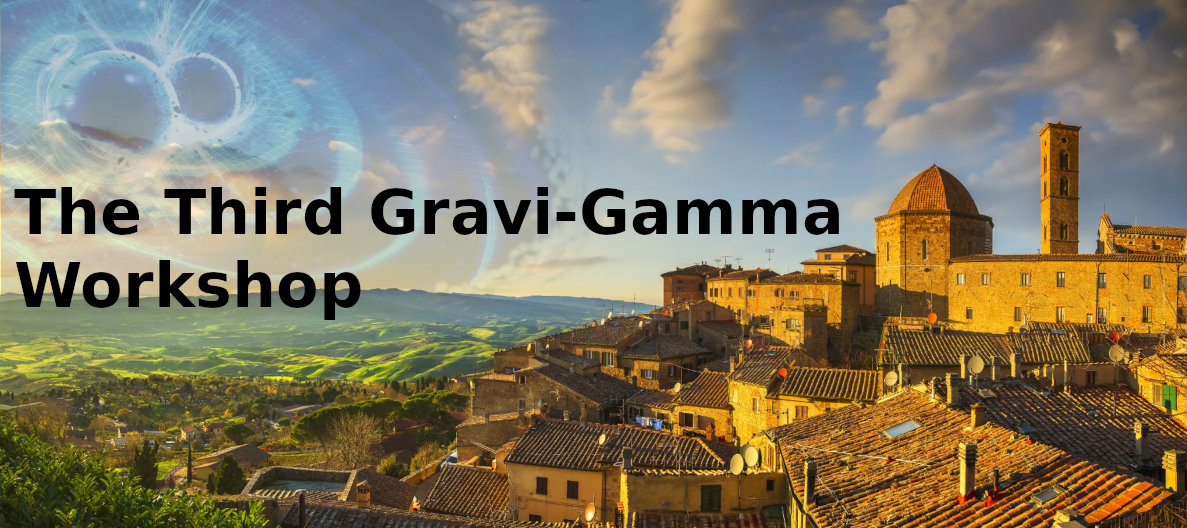Speaker
Description
The GW170817 event provided the first observation of gravitational waves from a neutron star merger with associated transient counterparts across the entire electromagnetic spectrum. This discovery demonstrated the long-hypothesized association between short gamma-ray bursts and neutron star mergers. More joint detections are needed to explore the relation between the parameters inferred from the gravitational wave and the properties of the gamma-ray signal, potentially ruling out some of the existing models of the physical processes responsible for these events. Groups in LIGO/Virgo/KAGRA, Fermi and Swift collaborations have developed many searches for joint gravitational-waves/gamma-ray-bursts detections. We will start with an overview of all these searches, and then present a deeper method aimed at detecting weak gravitational-waves transients associated with weak gamma-ray-bursts. Contrary to other searches, this search for coincidences between the gravitational—waves and gamma-ray-bursts triggers does not require a confident detection in one of the two channels. The candidate coincidences are ranked according to a statistic that combines each candidate's strength in gravitational-waves and gamma data, the time proximity of the transients in gravitational-waves and gamma data, and the overlap of the gravitational-waves and Fermi/GBM sky localizations. The ranking is then converted to a false-alarm by using time shifts between the gravitational-waves and Fermi/GBM triggers.
We will present the results of this deep subthreshold joint analysis applied on triggers from the second Gravitational-Waves Observing Run, which allowed us to check the validity of our method against GW170817+GRB170817A.
We will also discuss the different tunings we tested to increase the significance of this joint detection.

